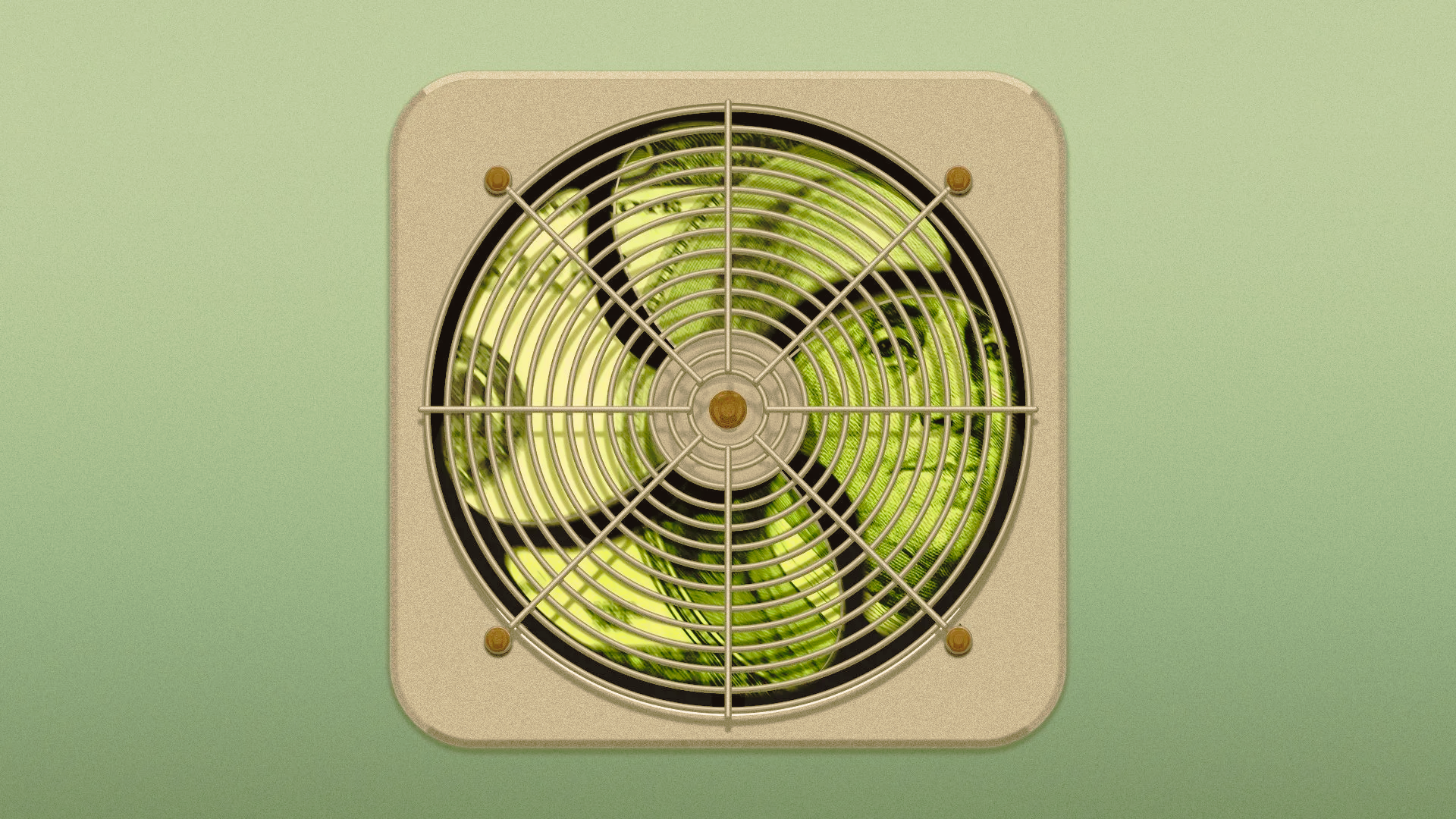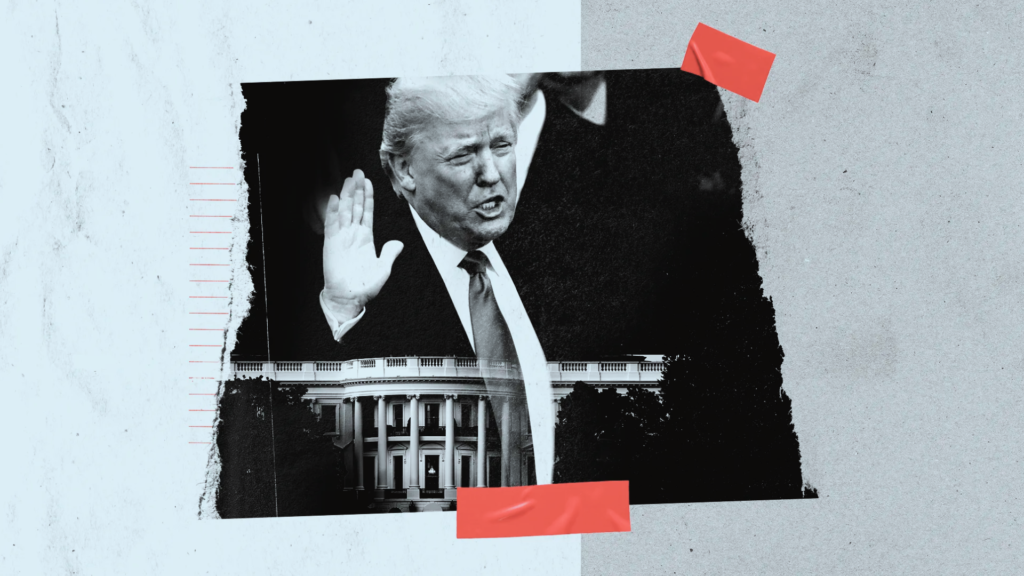HVAC industry grows in Q1 despite A2L, tariff concerns
Despite pricing-related concerns about tariffs and the A2L transition, industry demand held steady in Q1, according to a William Blair report

Image: Axios
Industry demand held steady throughout the first quarter, according to a report by investment bank William Blair shared with Homepros, based on surveys of HVAC distributors and select manufacturers.
What’s happening: Despite recent challenges, including the A2L transition and tariffs affecting major exporters of HVAC products to the U.S., the industry saw modest growth during the quarter, with William Blair’s “HVAC index” — a combination of proprietary and HARDI sales data — growing two percent year-over-year.
Zoom in: A2L products started selling in mid-February and represented 90 percent of equipment sales by the end of March, per the report.
- “On the residential side, less than 10 percent of our sales are R-410A at this point,” said one unnamed survey respondent.
- William Blair analysts flagged R-454B availability as a looming concern. “We don’t have an availability crunch today, but if supply stays tight into peak season, there could be problems,” added another respondent.
On tariffs: Surveyed manufacturers announced two to three percent price increases in response to President Trump’s 25 percent tariff on steel and aluminum imports, along with initial tariffs on China, according to the report.
- “We believe another two or three percent could be added on,” analysts wrote, referencing the additional round of tariffs announced on April 2. However, they added, “[We] have not seen anything firm.”
Of note: The worst-case scenario has been avoided. While 40 percent of the industry’s manufacturing capacity lies in Mexico, according to Lennox CEO Alok Maskara, HVAC imports from the country are currently exempt from tariffs.
- “We believe 20 percent-plus tariffs on Mexico imports would have been highly disruptive,” analysts added.
What to watch: Despite the bank’s index showing two percent growth, the quarter ended cautiously. “Late in the quarter, tariff uncertainty caused some repair versus replace in residential,” analysts said. “Our contacts saw flattish volume.”
- The combined impact of tariff-related price hikes on top of existing eight to 10 percent increases from A2L raises a primary concern for 2025: Continued preference for repairs.
- “We heard that contractors are becoming more comfortable offering financing given how expensive HVAC equipment has become,” analysts noted.
Yes, but: Though price increases’ long-term impacts remain unclear, shipments of central air conditioners and heat pumps are up 11 percent year-to-date compared to 2024, according to AHRI data.
- The figure aligns with shipments’ 12-month rolling average, which has steadily increased since early 2024.
📬 Get our stories in your inbox
Keep reading
Trump’s first 100 days: HVAC edition
Tuesday marked President Trump's 100th day in office, capping over three months of actions impacting many industries, including HVAC
HVAC shipments pop 30% to kick off 2025
Combined shipments of central air conditioners and heat pumps jumped 30 percent in January, marking 10 straight months of growth


